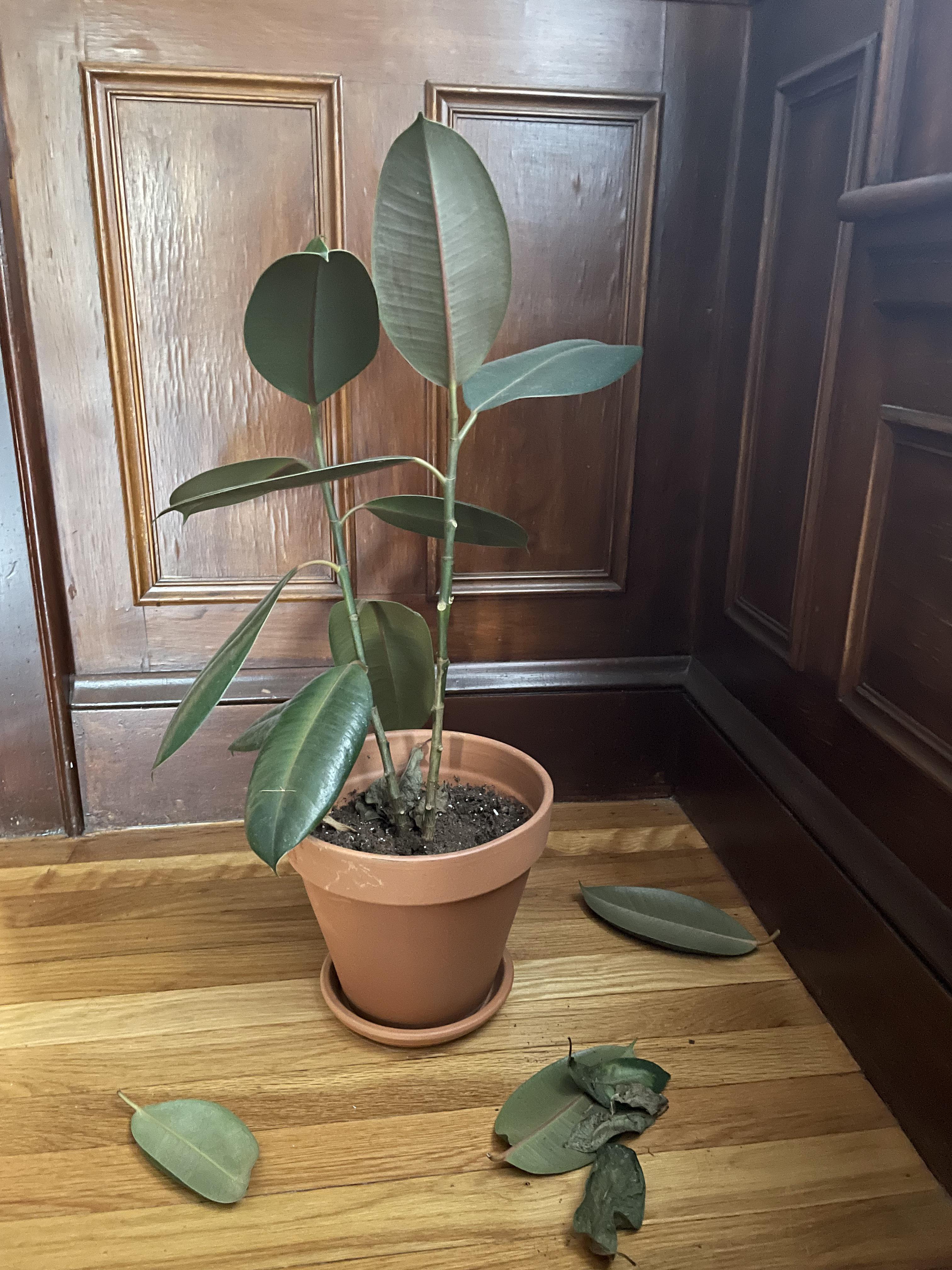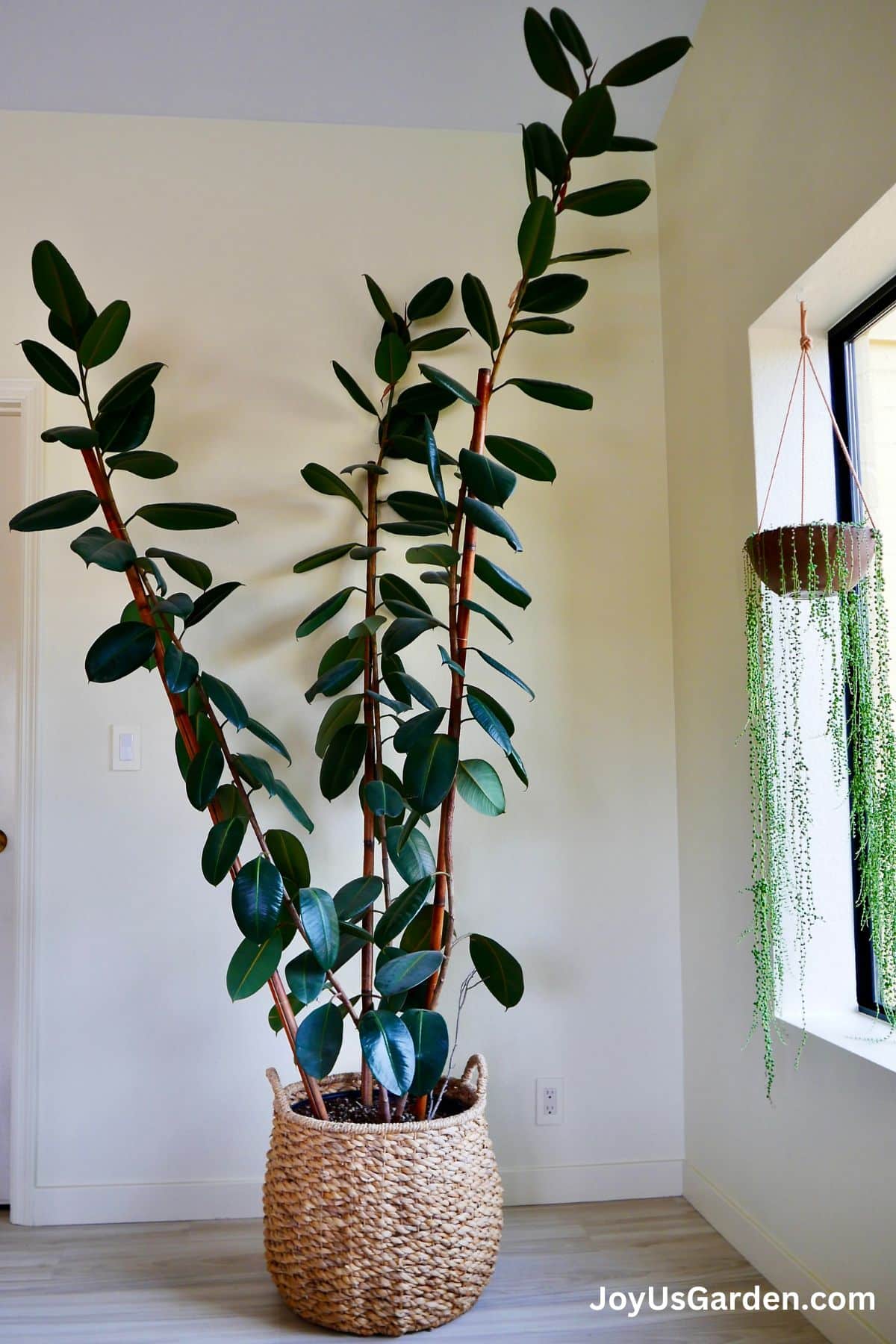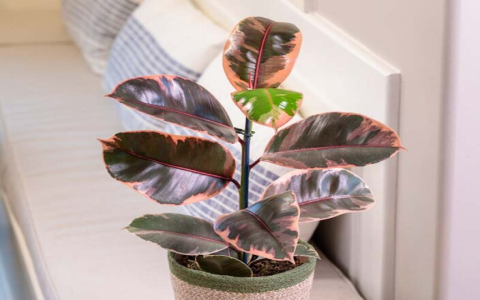Okay, so the other day I got to thinking about my rubber tree plant. It’s been doing pretty well, but I wanted to make sure I was giving it the best possible care. The thing I was most curious about was temperature. Like, what’s the sweet spot for these guys?
I started digging around, doing some research, and I found out some pretty interesting stuff. Apparently, rubber trees are happiest when the temperature is somewhere between 60°F and 80°F. That’s a decent range, but it makes sense, considering they come from tropical places.

First, I grabbed a thermometer and checked the temperature around my rubber tree. It was sitting around 72°F, which seemed pretty good. But I wanted to get a better picture of the temperature fluctuations throughout the day, you know? So, I did a little experiment.
- I placed the thermometer next to my plant.
- I checked the temperature and jotted it down every few hours from morning till night.
- I did this for a few days, just to get a good average.
My little experiment showed me that the temperature in that spot stayed pretty consistent, usually between 68°F and 75°F. Phew! That was a relief. It meant my rubber tree wasn’t experiencing any wild temperature swings.
Watching for Signs of Trouble
But, what if the temperature isn’t ideal? How can you tell if your rubber tree is feeling the heat (or the cold)? Well, it turns out they’re pretty good at showing you when they’re unhappy.
The leaves are the first place to look. If they start turning yellow or drooping, that’s a red flag. And if it gets really bad, they might even start wilting. Yikes! These are all signs that your plant might be too hot or too cold.
Keeping Things Consistent
Once I figured out the ideal temperature range, I wanted to make sure my plant stayed within that happy zone. Here’s what I did:
-
Avoided drafts: I made sure my rubber tree wasn’t near any drafty windows or doors. Those sudden bursts of cold air can really stress them out.
-
Kept it away from heat sources: I also kept it away from radiators, heating vents, and other things that could make it too hot.

Just following these simple steps, I’ve been able to keep my rubber tree’s environment pretty stable. And let me tell you, it’s thriving! The leaves are a beautiful, glossy green, and it’s putting out new growth like crazy.
This whole temperature thing might seem like a small detail, but it can make a big difference in your rubber tree’s health. Trust me, taking the time to get it right is totally worth it. Your plant will thank you!




















